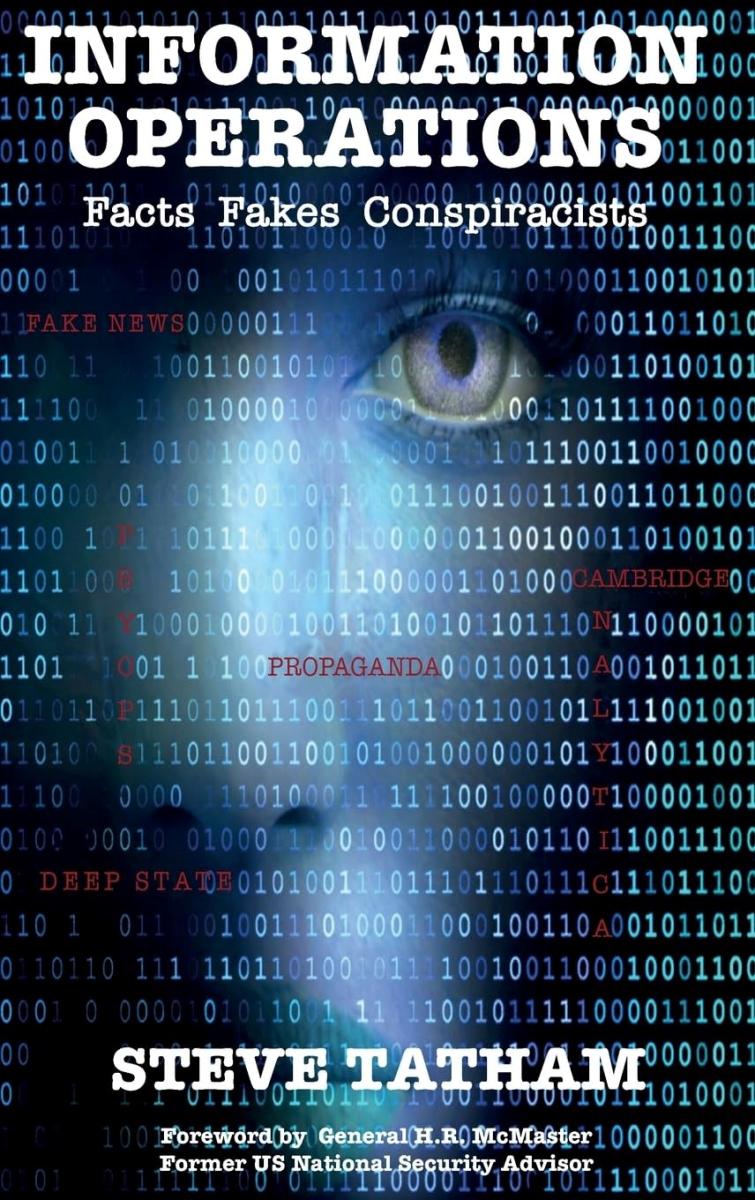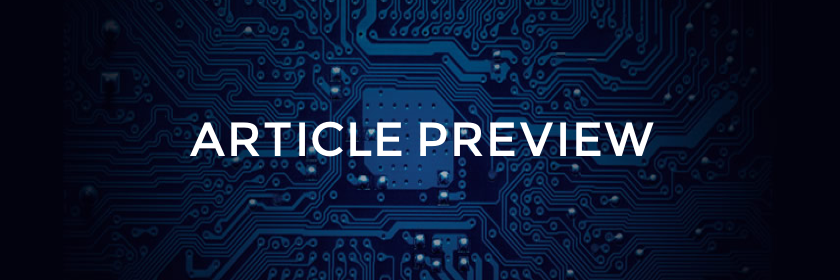Volume 24, Issue 1
Book Review by W. Hutchinson (January, 2025)
Author: Dr. Steve Tatham
Publisher: Howgate Publishing Limited (10 May 2024)
ISBN-10 : 1912440474
ISBN-13 : 978-1912440474


After reading a book called Losing Arab Hearts and Minds by the same author in 2008, and Behavioral Conflict in 2011, the emphasis on ‘knowing the enemy’ was refreshing. This new text is equally well worth reading. It is rare to find a text which covers this approach to information warfare, psychological operations, influence operations, and so on. No matter what term one uses, it is about knowing one’s enemy as well as one’s own ambitions. Tatham has extensive experience with Information Operations (IO) in the Royal Navy and NATO generally. The book starts with a basic introduction to the ‘information space’ with definitions of the various areas and a potted history of Information Operations in Britain and the U.S. The book continues with examinations of Iraq, Afghanistan, Russia, Ukraine, North Korea, and China. There is an interesting chapter on understanding audiences. Other chapters are on conspiracy theories, previous IO campaigns, and the importance of psychology to IO practice. Also, he includes a chapter about the Cambridge Analytics affair, showing how IO has spread somewhat from the military arena.
This book is of its time and I would highly recommend it. If readers want an understanding of the contemporary approach to the use of data and information in combative environments, then this should be read. The limitations (in my opinion) are that it is NATO centric. This is not a criticism but does make its ‘worldview’ limited. As such, I wonder if our IO misses changes in other areas leading to future surprises. Also, IO seems to emphasize knowing the attitudes of opponents but not why they have them.
This book is well worth reading.
Journal of Information Warfare
The definitive publication for the best and latest research and analysis on information warfare, information operations, and cyber crime. Available in traditional hard copy or online.
Quick Links
Archive



